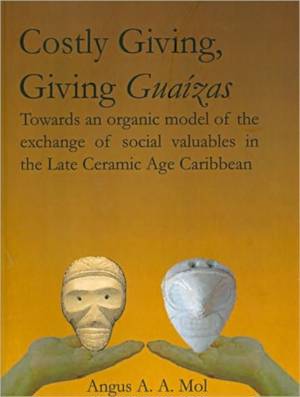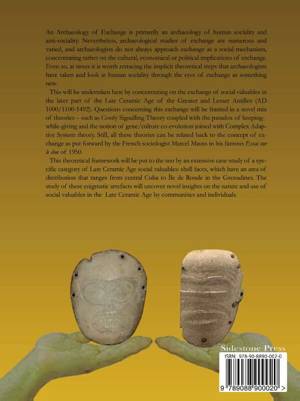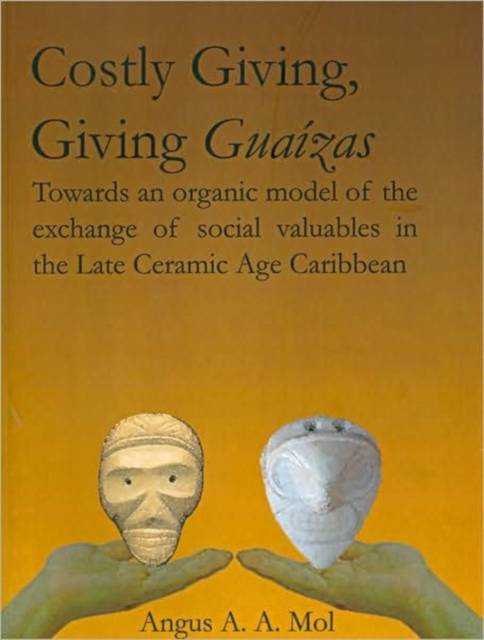
Je cadeautjes zeker op tijd in huis hebben voor de feestdagen? Kom langs in onze winkels en vind het perfecte geschenk!
- Afhalen na 1 uur in een winkel met voorraad
- Gratis thuislevering in België vanaf € 30
- Ruim aanbod met 7 miljoen producten
Je cadeautjes zeker op tijd in huis hebben voor de feestdagen? Kom langs in onze winkels en vind het perfecte geschenk!
- Afhalen na 1 uur in een winkel met voorraad
- Gratis thuislevering in België vanaf € 30
- Ruim aanbod met 7 miljoen producten
Zoeken


Costly Giving, Giving Guaízas
Towards an Organic Model of the Exchange of Social Valuables in the Late Ceramic Age Caribbean
Angus A a Mol
Paperback | Engels
€ 35,00
+ 70 punten
Omschrijving
An Archaeology of Exchange is primarily an archaeology of human sociality and anti-sociality. Nevertheless, archaeological studies of exchange are numerous and varied, and archaeologists do not always approach exchange as a social mechanism, concentrating rather on the cultural, economic or political implications of exchange. Even so, at times it is worth retracing the implicit theoretical steps that archaeologists have taken and look at human sociality through the eyes of exchange as something new. This is undertaken here by concentrating on the exchange of social valuables in the later part of the Late Ceramic Age of the Greater and Lesser Antilles (AD 1000/1100-1492). Questions concerning this exchange are framed in a novel mix of theories such as Costly Signalling Theory coupled with the paradox of keeping-while-giving and the notion of gene/culture co-evolution joined with Complex Adaptive System theory. All these theories can be related back to the concept of exchange as put forward by the French sociologist Marcel Mauss in his famous "Essai sur le don" of 1950. This theoretical framework is put to the test by an extensive case-study of a specific category of Late Ceramic Age social valuables, shell faces, which have an area of distribution that ranges from central Cuba to the Ile de Ronde in the Grenadines. The study of these enigmatic artefacts provides new insights into the nature and use of social valuables by communities and individuals in the Late Ceramic Age.
Specificaties
Betrokkenen
- Auteur(s):
- Uitgeverij:
Inhoud
- Aantal bladzijden:
- 206
- Taal:
- Engels
Eigenschappen
- Productcode (EAN):
- 9789088900020
- Verschijningsdatum:
- 1/12/2006
- Uitvoering:
- Paperback
- Formaat:
- Trade paperback (VS)
- Afmetingen:
- 175 mm x 231 mm
- Gewicht:
- 408 g

Alleen bij Standaard Boekhandel
+ 70 punten op je klantenkaart van Standaard Boekhandel
Beoordelingen
We publiceren alleen reviews die voldoen aan de voorwaarden voor reviews. Bekijk onze voorwaarden voor reviews.










